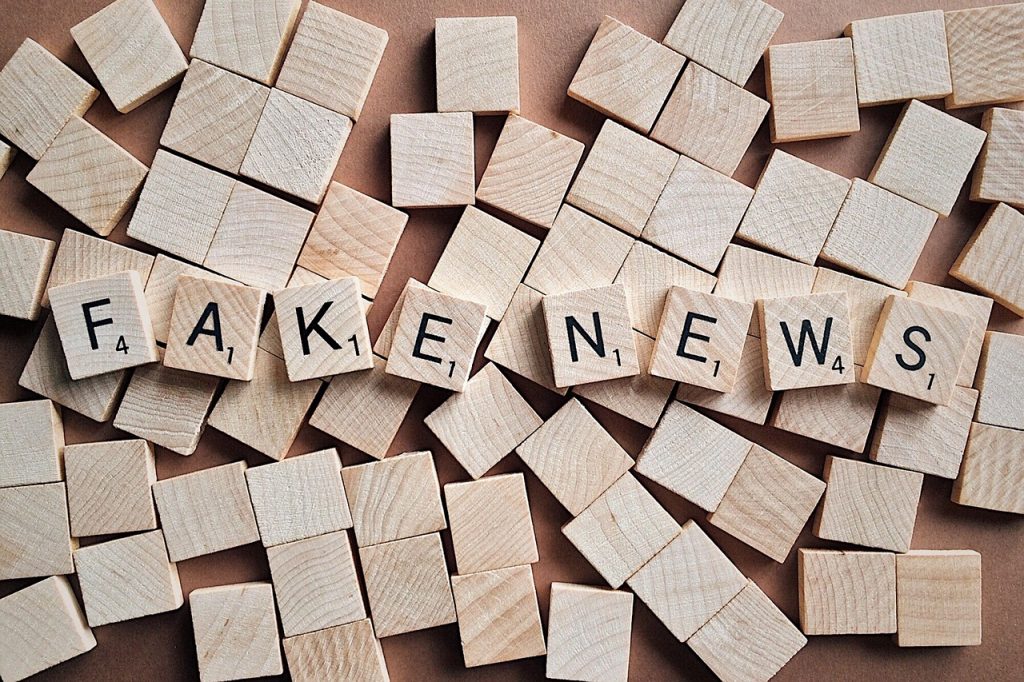In today’s world, we’re more exposed to news than ever before.
Our smartphones, smartwatches, and tablets are constantly pinging with the latest updates of what’s going on around us.
Instead of quickly turning on the television or going to different websites, we often have news presented to us on a platter on various social media outlets.
But the real question is, how reliable is this news?
News on social media
According to Pew Research, around a third of Americans gather their news from Facebook. This is kind of scary considering the algorithms Facebook uses, and it also seems to be the worst in comparison to Twitter, Google, and Tik Tok! There was a study conducted by a team of researchers at Princeton University monitored the internet use of 3000 Americans towards the 2016 presidential election.
The study’s outcome found that Facebook was a popular referrer site to biased and untrustworthy news sources around 15% of the time, and they referred to reliable sources only 6%.
Also, the Knight Foundation discovered that running up to that same election, Twitter had more than 10 million tweets and 700,000 accounts that linked to over 600 fake and conspiracy news sites.
So, when you’re reading political information, try to avoid social media.
Ways to verify political information
In addition to avoiding reading news from social media, there are a lot of other things you can do to verify the information you read, which are:
Be analytical
Sometimes you may never know when you’re going to be sprung with fake news, and that can even happen on major news outlets. Fake news is designed to get you talking, sharing the news, and help spread it.
If you read the news, it’s always important to have a critical mindset and be judgemental of what you read. Don’t let your emotions take control of you, and try to think and listen rationally.
Look at the source
It’s important to always check the news source that you’re reading the political information from. Especially if you’ve come across a story for the first time that you haven’t seen before, keep doing research. One way is to look at the web address and conduct research on the domain. You should avoid weird extensions such as “.offer” and “.infonet” as opposed to .com.
Similarly, you should look for any spelling errors or typos on the website. Take your time also to look at the author of the article; you will want to conduct research on them. Try to see if they’re respected in their industry and have enough professional experience to write or speak on the matter.
You should be cautioned about fake news, as many people dedicate their time to doctoring fake new sites, web pages, and images to make them look real. If you see a post that looks like it comes about from a credible source, visit that website directly to verify.
Look at other sources
When reading about politics or news in general, you should look at other websites to see if they’re talking about it. Try not to believe that news reported by the mainstream news is fake. It’s always good to check news against credible sources with strict editing guidelines and highly trained reporters and journalists like CNN, Reuters, and the BBC.
Read past the headline
Sometimes people who write fake news do it to get people to their website. That means they will look for ways to strategically rank on search engines or social media platforms so you can go to their website. But also, don’t believe the headline; once you read past the headline, you may realize it’s totally inaccurate of what the story provides.
Review the images
It’s important not to believe the images you see on the news articles. It’s so easy nowadays for people to use editing software like Photoshop to create fake images that look realistic.
You can look out for and detect things like peculiar shadows on the image or jagged edges. Also, look to see if the images fit the context of the story and the headline. You might want to check if they’re using stock photos (i.e., free photos) to promote their article. There are ways you can also check how original images are by conducting a Google Reverse Search.
Look how the article is supported
If the news article is stating specific information, look at what sources they’re linking it to. It’s essential to see that the claims that they make are backed scientifically or appropriately. Make sure the links are relevant.
Look at the core message
Political information that is reported honestly will have different points of view. Whereas biased or fake news will tend to promote a single viewpoint. Try to read the whole article and see how the author portrays it.
Review the date
It’s also important that you look at the publishing date of the article also. Some companies tend to repost old stories and churn them out again just to get views.
Final thoughts
Nowadays, we tend to read the news more online than on the radio, TV, or newspapers. The quick digital access we have at our fingertips is questionable how reliable it always is. To know you’re getting the right news source, it’s always good to verify the political information you read.
Always check multiple publications to see if it’s posted elsewhere, review the author, look at the core message, see if the headline and images are relevant to the story, and more. Most importantly, don’t always fall victim to the news; keep an analytical mind as fake news spreads quickly.
